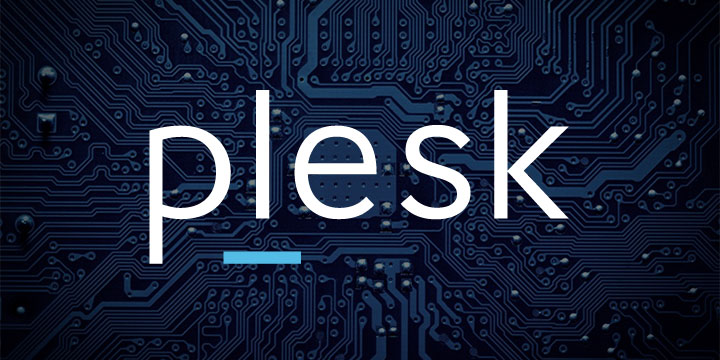Exploring Effective Techniques for Setting Meaningful Goals, Creating Action Plans, and Achieving Personal and Professional Milestones

Setting meaningful goals and creating effective action plans are fundamental steps in achieving personal and professional success. Goals provide direction, motivation, and a sense of purpose, while action plans outline the necessary steps to turn aspirations into reality. This article explores various techniques for setting meaningful goals, developing actionable plans, and implementing strategies to achieve personal and professional milestones. By understanding and applying these techniques, individuals can enhance their goal-setting abilities and increase their chances of success.
I. Setting Meaningful Goals
1. Reflection and Self-Assessment: Begin by reflecting on your values, passions, strengths, and areas for improvement. Self-assessment helps align goals with personal values and ensures that they are meaningful and relevant to your life and aspirations.
2. SMART Goal Framework: Utilize the SMART (Specific, Measurable, Achievable, Relevant, Time-bound) framework to set clear and well-defined goals. Specific goals provide clarity, measurable goals allow for tracking progress, achievable goals ensure realistic targets, relevant goals align with your broader objectives, and time-bound goals have a deadline for completion.
3. Long-Term and Short-Term Goals: Distinguish between long-term goals (e.g., career aspirations, personal growth) and short-term goals (e.g., monthly targets, skill acquisition). Long-term goals provide a broader vision, while short-term goals act as stepping stones towards long-term objectives.
4. Prioritization and Focus: Prioritize goals based on their importance and impact. Focus on a limited number of goals at a time to maintain clarity, commitment, and consistent progress.
II. Creating Action Plans
1. Break Goals into Actionable Steps: Break down each goal into smaller, actionable steps. These steps should be specific, manageable, and logical progressions that move you closer to your desired outcome.
2. Timeline and Deadlines: Assign specific timelines and deadlines to each action step. This helps create a sense of urgency, accountability, and a clear roadmap for execution.
3. Resources and Support: Identify the resources, skills, and support needed to accomplish each action step. This may include acquiring knowledge, seeking mentorship, or collaborating with others who can contribute to your success.
4. Anticipate Challenges and Mitigation Strategies: Anticipate potential obstacles or challenges that may arise during goal pursuit. Develop contingency plans and mitigation strategies to overcome these hurdles and stay on track.
III. Implementing Strategies for Goal Achievement
1. Regular Progress Monitoring: Regularly review and monitor your progress towards each goal. This allows for course corrections, celebration of milestones, and maintaining momentum.
2. Accountability Mechanisms: Create accountability mechanisms to ensure commitment and follow-through. This can include sharing goals with trusted individuals, joining support groups, or working with an accountability partner.
3. Adaptability and Flexibility: Remain open to adjusting your goals and action plans based on evolving circumstances, feedback, and new opportunities. Adaptability enhances resilience and allows for necessary revisions without losing sight of the intended outcomes.
4. Continuous Learning and Improvement: Embrace a growth mindset and view challenges as learning opportunities. Continuously seek knowledge, skills, and feedback to improve your performance and overcome obstacles.
Conclusion
Setting meaningful goals, creating actionable plans, and implementing effective strategies are crucial steps in achieving personal and professional milestones. By reflecting on personal values, utilizing frameworks like SMART goals, breaking goals into actionable steps, and implementing monitoring and accountability mechanisms, individuals can enhance their goal-setting abilities and increase their chances of success. It is essential to remain adaptable, learn from setbacks, and celebrate milestones along the journey. By integrating these techniques into our lives, we can navigate the path towards personal and professional fulfillment while continuously growing and evolving. Remember, setting and achieving goals is a dynamic process that requires dedication, perseverance, and a commitment to ongoing self-improvement.




















